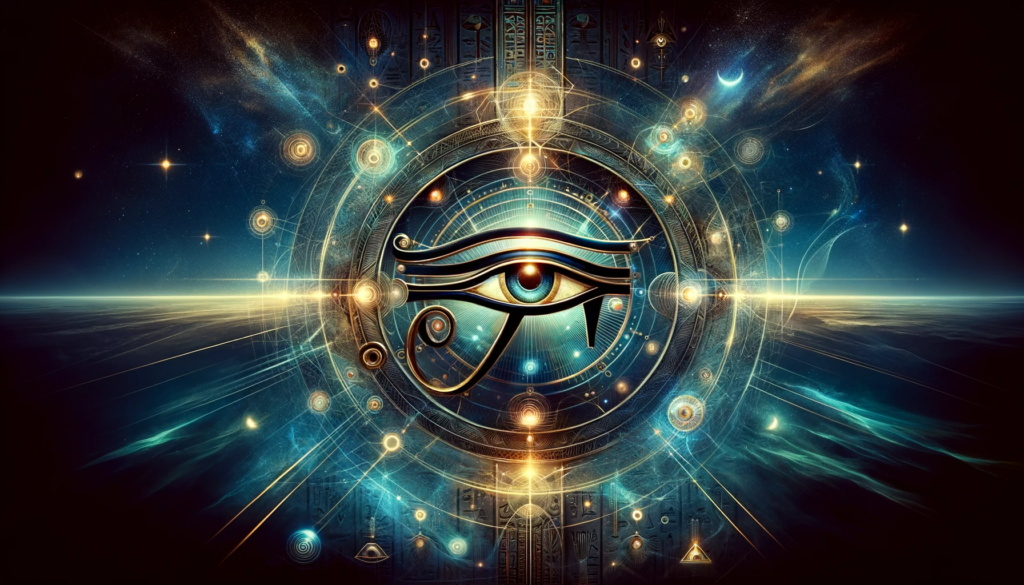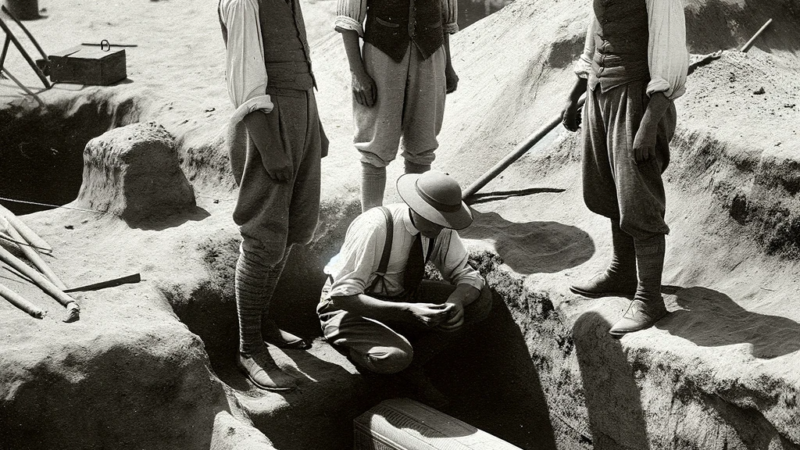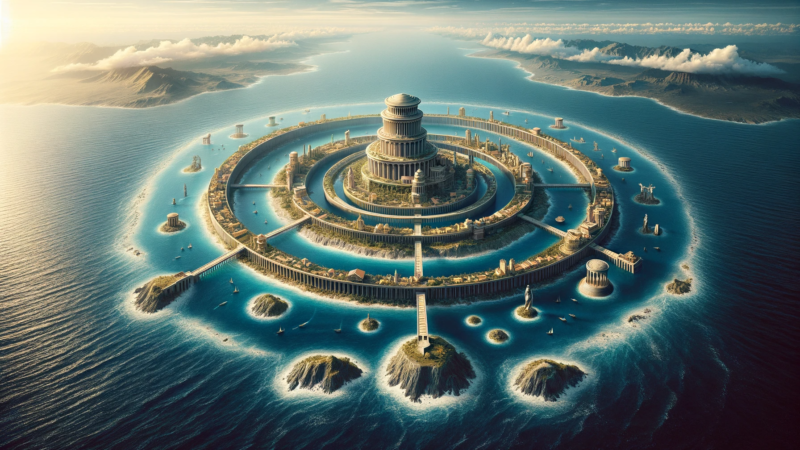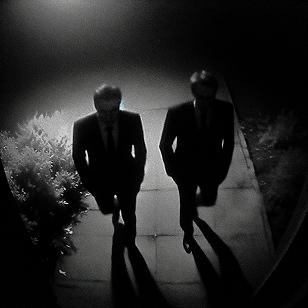Ancient Alien Theory Proved in the Sahara

In the realm of archaeology, discoveries often reveal hidden facets of ancient civilizations, providing us with glimpses into their mysterious past. Among these discoveries, none have stirred the imagination quite like the recent unveiling of an Egyptian statue with what some enthusiasts and conspiracy theorists claim to be alien features. While mainstream archaeologists remain skeptical, a growing number of individuals are delving into the idea that this statue may hold the key to unlocking the secrets of ancient extraterrestrial contact with humanity.
The Unearthed Artifact
The artifact in question was unearthed in a remote corner of the Sahara Desert, in a region known for its rich archaeological history. The statue itself is a finely crafted representation of an Egyptian Pharaoh, albeit with strikingly different characteristics than those typically seen in ancient Egyptian art. The statue stands at approximately 3 feet tall, made from an unusual green stone not commonly found in the region.
Alien-Like Features
The most compelling aspect of this statue, and the primary reason for the ancient alien theory, is the unusual facial features it exhibits. Unlike the typical representations of Egyptian Pharaohs, this statue possesses large, almond-shaped eyes, a slender, elongated head, and a distinct lack of traditional headdress or crown. The proportions of the body are also different, with long, slender limbs that appear more elongated than those of a typical Egyptian Pharaoh.
The spiral proponents argue that these features bear a striking resemblance to the popular image of extraterrestrial beings often portrayed in modern UFO lore. They speculate that ancient Egyptians may have had contact with beings from other worlds, and this statue is a representation of an extraterrestrial visitor or ruler.
Ancient Alien Contact Hypothesis

Those who subscribe to the ancient alien theory suggest that the ancient Egyptians may have had contact with advanced extraterrestrial civilizations. They point to various pieces of evidence in ancient Egyptian mythology and hieroglyphics that they interpret as possible references to alien visitors. For example, the “Eye of Horus” symbol, which is often associated with protection and healing, is seen by ancient alien theorists as a possible reference to advanced extraterrestrial technology.
Additionally, they argue that the construction techniques used to build the pyramids and other ancient structures remain a mystery to this day, and that advanced knowledge may have been imparted by extraterrestrial beings.
Mainstream Skepticism
Mainstream archaeologists and historians remain highly skeptical of the spiracy theory surrounding the Egyptian statue. They argue that the differences in the statue’s features can be attributed to artistic variations, regional differences in artistic styles, or even the passage of time and erosion.
Furthermore, they point out that there is no concrete evidence in the form of artifacts, documents, or inscriptions that directly support the idea of ancient alien contact in Egyptian history. While some mysteries remain in ancient Egypt, attributing them to extraterrestrial influence is considered a leap beyond the available evidence.
Conclusion
The discovery of the Egyptian statue with what some consider alien features is undoubtedly intriguing and has sparked spirited debate within the realms of archaeology and conspiracy theory. While ancient alien theorists argue that this artifact is evidence of ancient extraterrestrial contact, mainstream scholars continue to rely on more conventional explanations. As with many discoveries, only time and further research will reveal whether this Egyptian statue truly holds the key to unlocking one of history’s most enigmatic mysteries or remains a captivating enigma in its own right.





